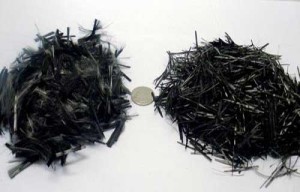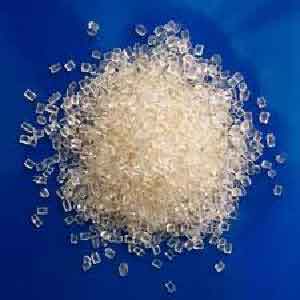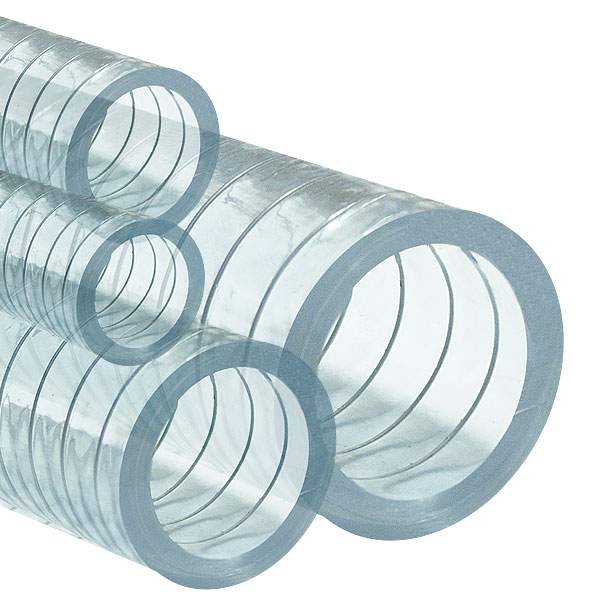Carbon fiber composites can easily and cost-effectively be recycled into new material with the same robustness, a team of researchers led by the University of Colorado Boulder (CU-Boulder) in the US has found.
Unlike metal, carbon fiber composite is generally not recyclable. The glue that binds the fiber in most carbon fiber composites can be broken down with expensive, energy-intensive processes that may yield toxic waste.

They can also be crushed into a fine powder, but composites made with short fibers are weak.
CU-Boulder’s technology allows fast and energy-efficient fabrication and recycling of the new material, potentially addressing barriers to wider use in manufacturing, an “unprecedented” discovery as described by Zhang Wei, CU-Boulder Associate Professor of Chemistry and Biochemistry.
Complete recycling of both the glue and the carbon fiber is possible, he said.
Together with Philip Taynton, the lead author of the paper who earned his doctorate in Zhang’s laboratory, they have discovered a way to make hard but malleable plastics that can be refashioned into new equally strong plastic using just heat or water.
Recycling the team’s carbon fiber composites simply requires soaking the composite in an organic solution at room temperature. “That’s it,” Zhang said. “It’s really energy-efficient and eco-friendly.”
“We reuse all of the stuff that we recycle, that we reclaim. There’s nothing we have to throw away,” added Taynton.
Zhang and Taynton noted that the team’s carbon fiber composite, for which the university’s Technology Transfer Office has filed a US patent application, can be formed in 60s, much quicker than most carbon fiber composites, which can take an hour to cure.
Zhang, Taynton, and CU-Boulder alumnus Chris Kaffer co-found a start-up company, Mallinda, hoping to bring the novel material to the market. The university and Mallinda have signed an exclusive licensing agreement.
The company’s first marketing target is sporting gear such as shin guards. “You can mold it directly to your body, but it will take whatever impact you can throw at it,” Taynton said.
The team’s findings is published in the journal Advanced Materials.
Website: www.adsalecprj.com







